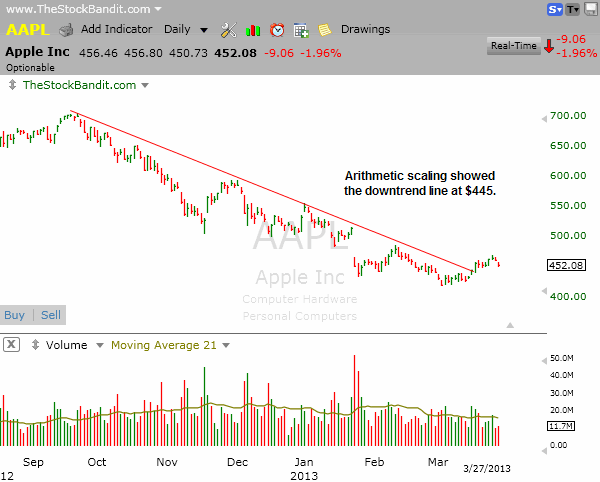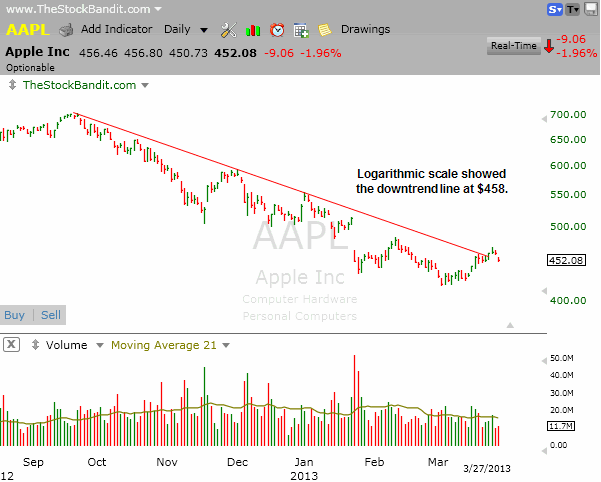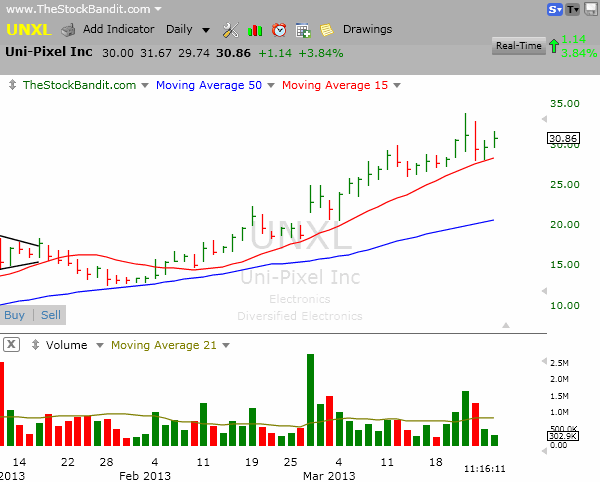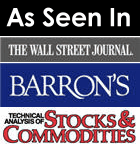Every week, I get an email along the lines of:
Jeff, I’m looking at XYZ for a short at channel resistance – what do you think of this play?
I’m happy to discuss potential plays in this way with Bandits, as it’s one of the ways I try to help them. The short answer is that it depends on the channel.
Channeling stocks can offer some good plays, no question about it. That’s especially true if you’re patient enough to wait for an often-choppy move to develop. The very nature of a trading range is that price lacks momentum, so lasting moves are inherently hard to come by.
In tilted channels (rising channels or descending channels), I want to trade in the direction of the overall movement. So in an ascending channel pattern, I want to look for spots to get long against support and look to lighten up as price approaches the upper end of the channel. In a descending channel pattern, I want to look for spots to get short against upper resistance and aim to cover as price nears the lower end of the channel. Why not trade with the wind at my back?
But in lateral channels, it’s certainly a fair question to ask which side makes the most sense – long or short?
Personally, I’ve found that in lateral ranges it still pays to defer to the existing trend. Even if price has been somewhat stagnant in recent days or weeks, a steady uptrend over the past several months still shows that the buyers are in control (and vice-versa in a downtrend). The news flow also tends to perpetuate existing trends, so I keep that in mind as well.
Take LUV, for example, as it is right now. Here’s the chart, along with some comments on it below:
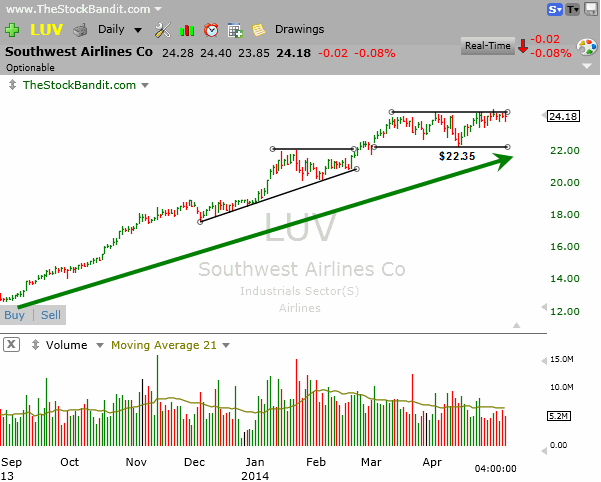
Price has trended higher now for 8 months and counting. Over the past several weeks, it has carved out a well-defined trading range and currently sits at the top end of that range.
Yes, there’s certainly a chance that price retreats back down toward the $22.35 support area, but it’s also just a short distance from breakout territory. That’s a favorable reward:risk ratio of about 3:1, but the end result is that I’d still be shorting a stock within an uptrend. That just isn’t my preferred play. I’d rather see an existing downtrend or lateral trend before considering a short against this kind of upper resistance.
One other item about trading within channels is that I never count on a move all the way to the edge of the range. Instead, I want to see a move which nears the boundary and therefore look to make an exit prior to then. Often that’s 1% or so from the actual trend line. Because reversals are common within channels and ranges, if I’ve caught the bulk of the move then it’s time to book it and move on.
Trade Like a Bandit!
Jeff White
Take a trial to the Stock Pick Service to get my trades.
Follow @TheStockBandit on Twitter








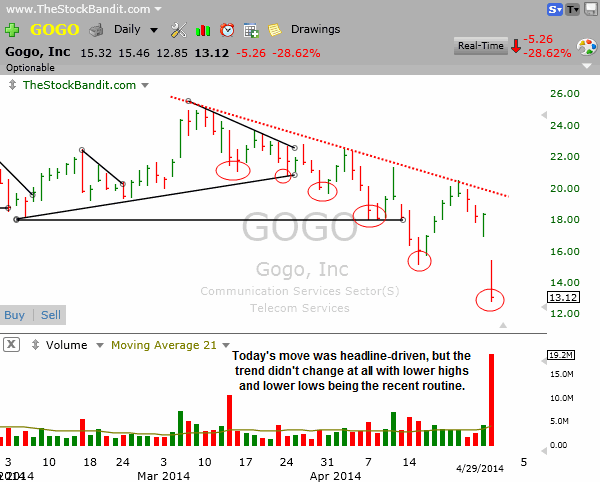
 It’s a question I field frequently, and one which every trader should ask themselves. Sometimes it’s asked in relation to the
It’s a question I field frequently, and one which every trader should ask themselves. Sometimes it’s asked in relation to the  This was my reply:
This was my reply: Recently I heard from a reader who had been doing some calculating. That potentially dangerous activity had led him to set up a plan for earning his income through trading. No problem there, but he wanted to invest a couple hundred thousand dollars into as many as 80 active positions with a holding time of 2-5 days each. He was having trouble getting up to that many positions.
Recently I heard from a reader who had been doing some calculating. That potentially dangerous activity had led him to set up a plan for earning his income through trading. No problem there, but he wanted to invest a couple hundred thousand dollars into as many as 80 active positions with a holding time of 2-5 days each. He was having trouble getting up to that many positions.